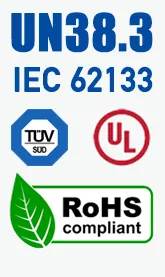How to Ship LiPo Battery by Air
As a reputable lipo battery manufacturer, we understand the complexities and concerns involved in shipping lipo batteries, whether assembled in devices or shipped alongside them. We write this article to provide comprehensive guidelines on safely and legally shipping lipo batteries by sea, adhering to international shipping regulations.
General Packing Requirements
For Assembled LiPo Batteries:
Secure Mounting: Ensure LiPo batteries are securely mounted within the device and protected against movement or damage.
Device Switch Off: Devices should be completely switched off, and measures should be taken to prevent unintentional activation during transit.
For LiPo Batteries Not Assembled in Devices:
Individual Protection: Each lipo battery should be individually packed to prevent short circuits (e.g., by covering exposed terminals).
Rigid Packaging: Use sturdy, rigid packaging to avoid crushing or pressure on the lipo batteries.
Separation: Batteries must not come into contact with each other or with conductive materials that could cause short circuits.
Certification Requirements
For Both Assembled and Unassembled LiPo Batteries:
UN 38.3 Certification: All lipo batteries must be tested and certified per the UN Manual of Tests and Criteria, Part III, Subsection 38.3.
Safety Data Sheet (SDS): Include an SDS outlining the composition, hazard identification, handling, and emergency measures related to the lipo batteries.
Labeling and Documentation
Dangerous Goods Declaration: A completed and signed dangerous goods declaration is necessary for all hazardous materials, including lipo batteries.
Marking of Packages: Mark and label packages with the appropriate hazardous material identifiers and handling instructions.
Documentation for lipo Battery Specifications: Include documentation detailing lipo battery type, watt-hour rating, and quantity.
Specific Guidelines for Sea Transport
Adherence to IMDG Code: Ensure compliance with the International Maritime Dangerous Goods (IMDG) Code, which sets out the regulations for the maritime transport of dangerous goods.
Ventilated Storage: Store LiPo batteries in a well-ventilated area of the ship to prevent the accumulation of potentially hazardous gases.
Additional Considerations
For LiPo Batteries Assembled in Devices:
State of Charge (SoC): It is advised to ship devices with lipo batteries at a charge level not exceeding 30% of their capacity.
For LiPo Batteries Not Assembled in Devices:
Quantity Limits: Adhere to specific quantity limits for standalone lipo batteries as per shipping line policies and the IMDG Code.
Conclusion
Shipping LiPo batteries by sea, whether within devices or separately, requires careful attention to safety, legal standards, and proper packaging and labeling. It's crucial to remain updated on the latest regulations and to consult with shipping experts or regulatory authorities when in doubt. Your commitment to these guidelines ensures your products' safe and successful transportation.
Best Lithium Battery Solutions
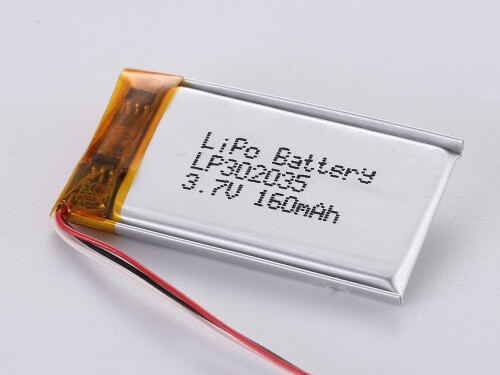 |
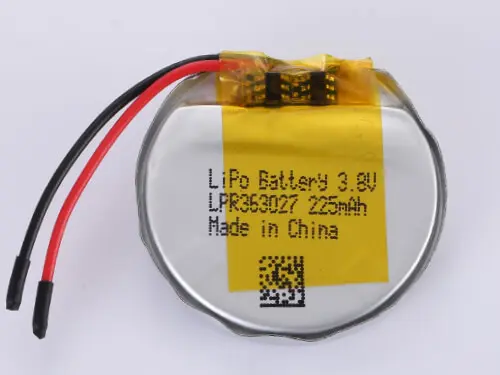 |
Ultra Thin LiPo Battery |
Round LiPo Battery |
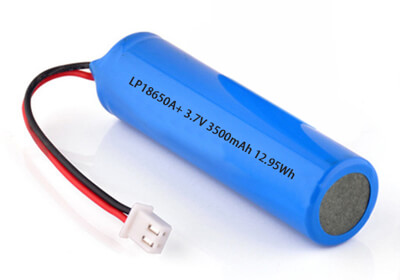 |
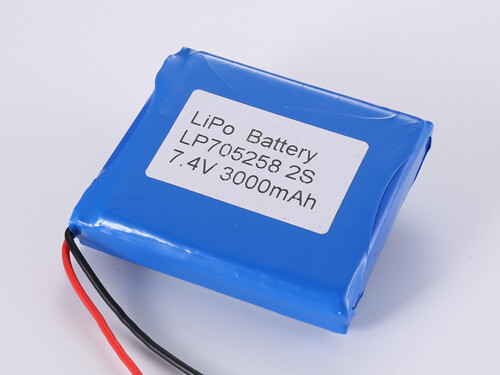 |
18650 Battery |
LiPoly Battery 2S 7.4V |
Fill out my online form.If you haven't find the fit batteries, pleaese go to our anther website for more www.LiPoly-Battery.com
